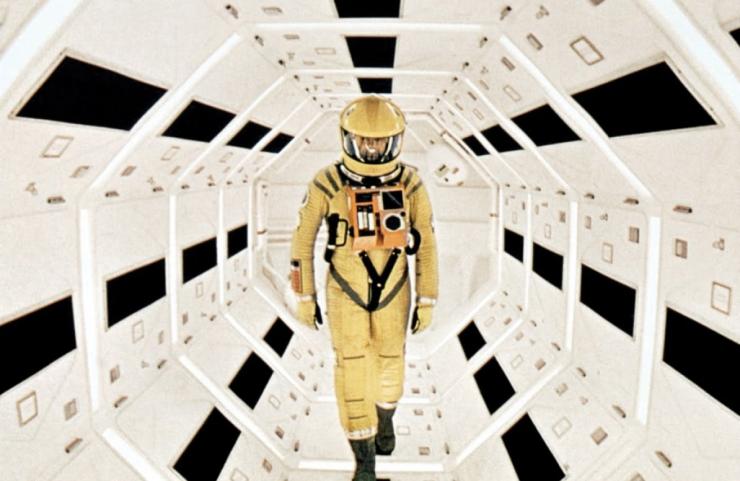
It probably comes as no surprise to Stanley Kubrick fans that the secret of 2001: A Space Odyssey's success is, at least in part, very analytical.
Throughout his incredible career, Kubrick gained a reputation as a meticulous perfectionist willing to spend years on a film if it meant he got the results he wanted. Nowhere is that legendary attention to detail more evident than in his classic sci-fi effort 2001: A Space Odyssey, a film even die-hard fans are still arguing about more than four decades after its release. The film has a rather challenging structure, to put it mildly, and according to one of Kubrick's collaborators, the film's key moments all came from the film legend's theory that all a film really needs is a few good "non-submersible units."
So, what does that mean? Here's writer Brian Aldiss, who wrote the short story that Kubrick's original script for AI: Artificial Intelligence is based on, to explain the importance of the term:
"[Stanley] had a contempt for narrative, I was hooked on narrative. But he said to me: forget it, all you need for a movie is 6 or 8 non-submersible units."Kubrick used the term "non-submersible units" to refer to the essential elements of a story, when all the extra bits were removed. These were the things that would carry the film, the key beats that the film simply couldn't do without. So, what non-submersible units drove the incredibly cerebral engine of 2001? According to the Kubrick site Visual Memory, they were these seven elements.
1. The monolith visits humankind in its infancyThese units don't necessarily help you understand the film any better, but they do give greater insight into how Kubrick structured the film and how he chose what was important in his story. It's also a rather scientific way of thinking about how to assemble a film, which makes it right up Kubrick's alley. The master cinematic architect knew his blueprint, and he used it to create one of the greatest works of science fiction ever filmed.
2. An early man discovers technology (Moon Watcher smashes the bones)
3. The monolith is excavated on the moon by astronauts and sends a message to Jupiter
4. Humankind send a manned mission to Jupiter to investigate
5. Advanced technology (Hal) endangers the mission crew
6. Technology is defeated and the surviving cremember rendezvous with the aliens
7. The Starchild is born
(Via Visual Memory)


